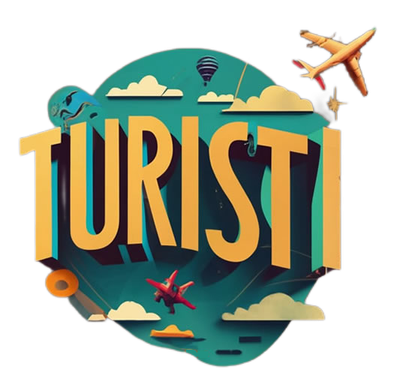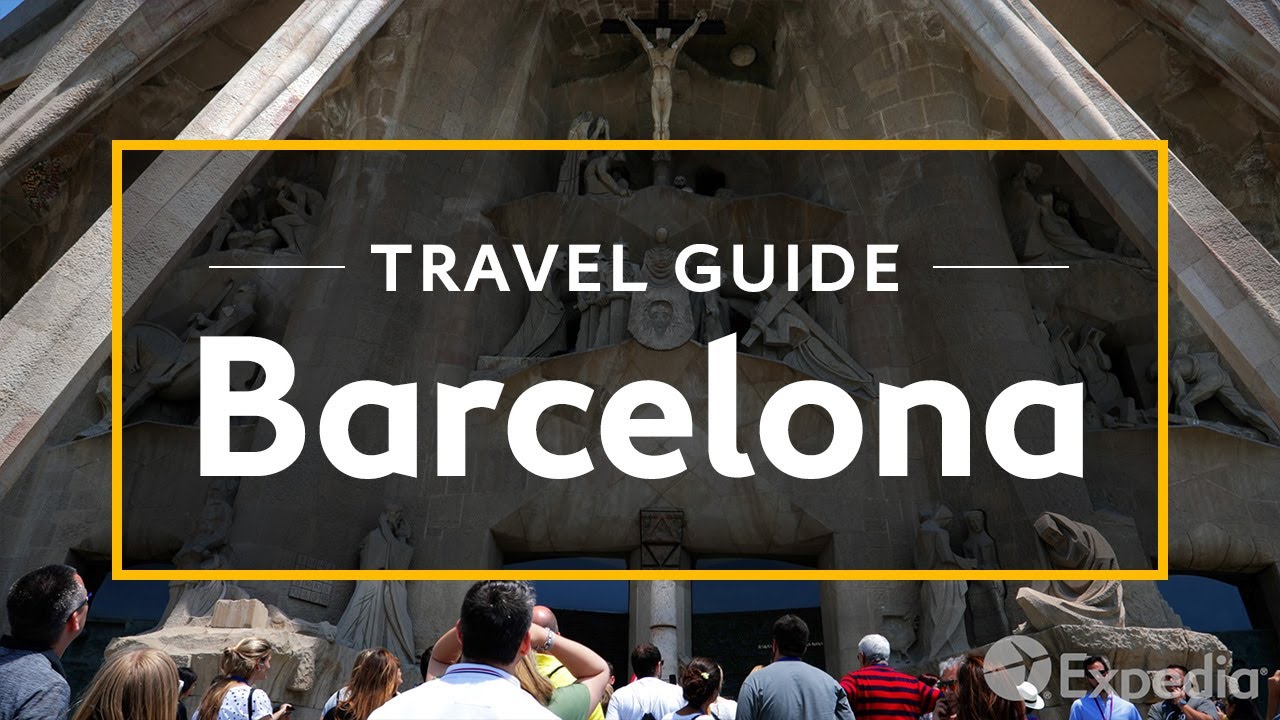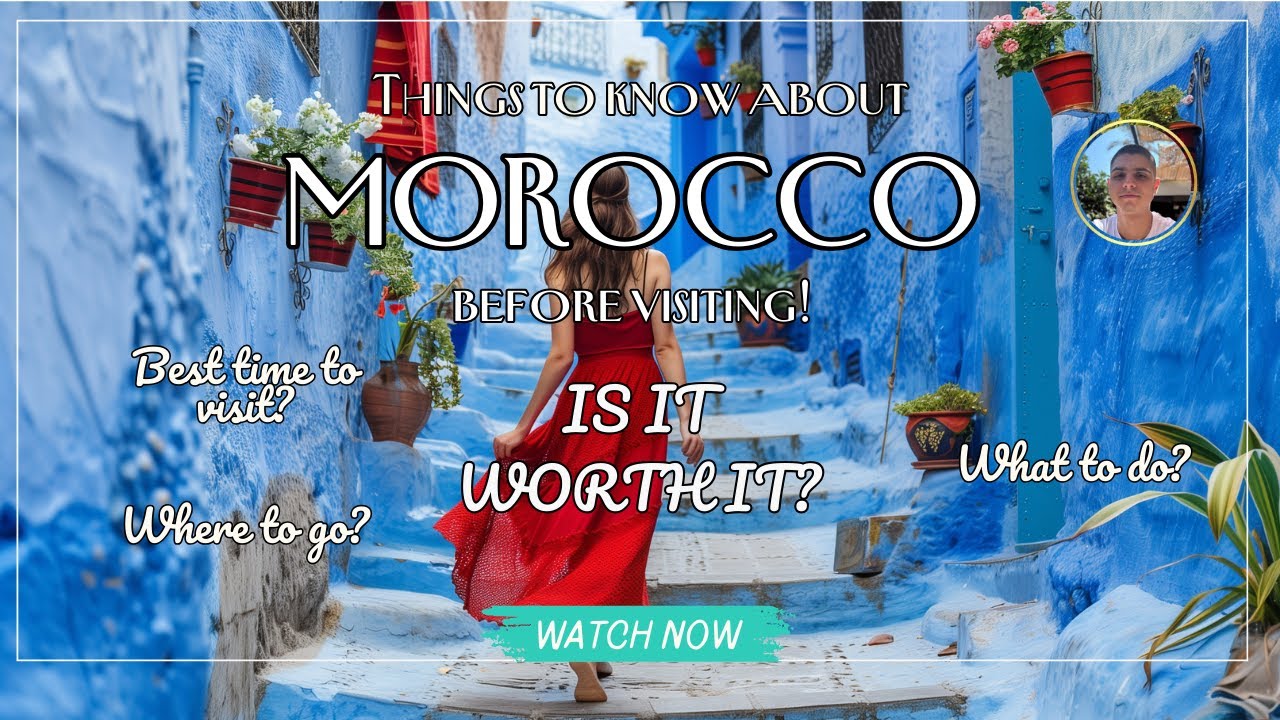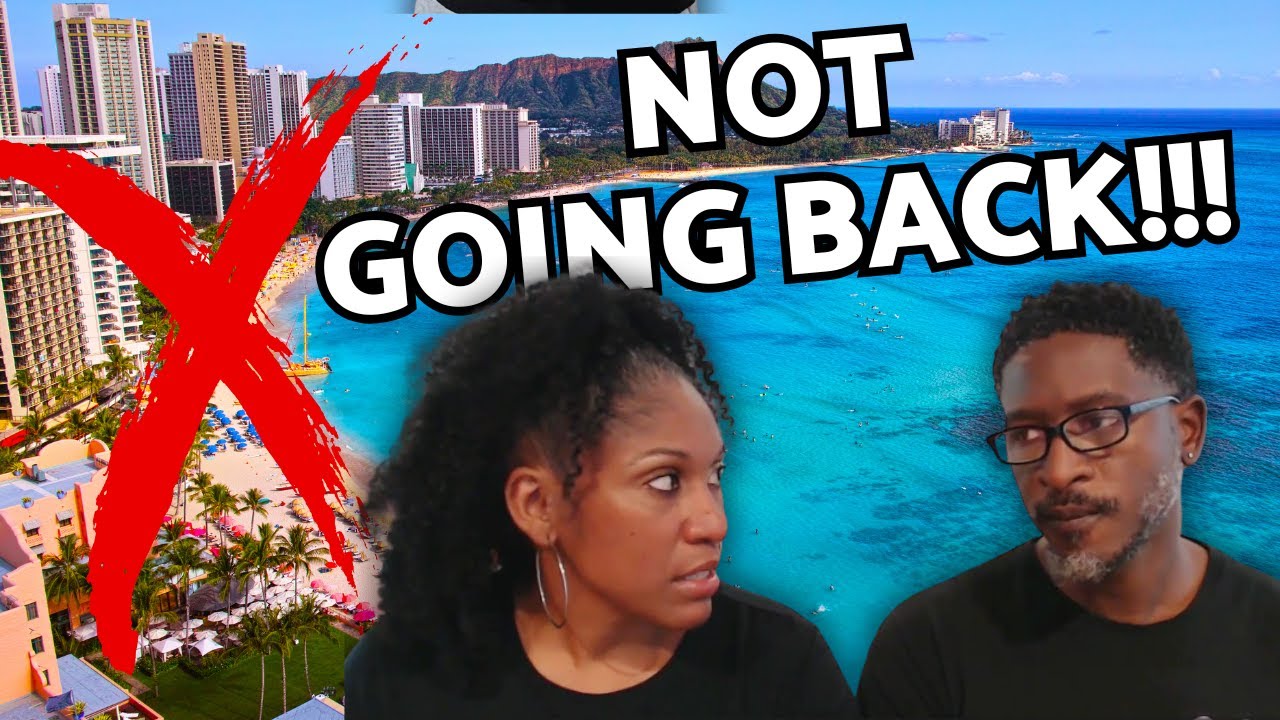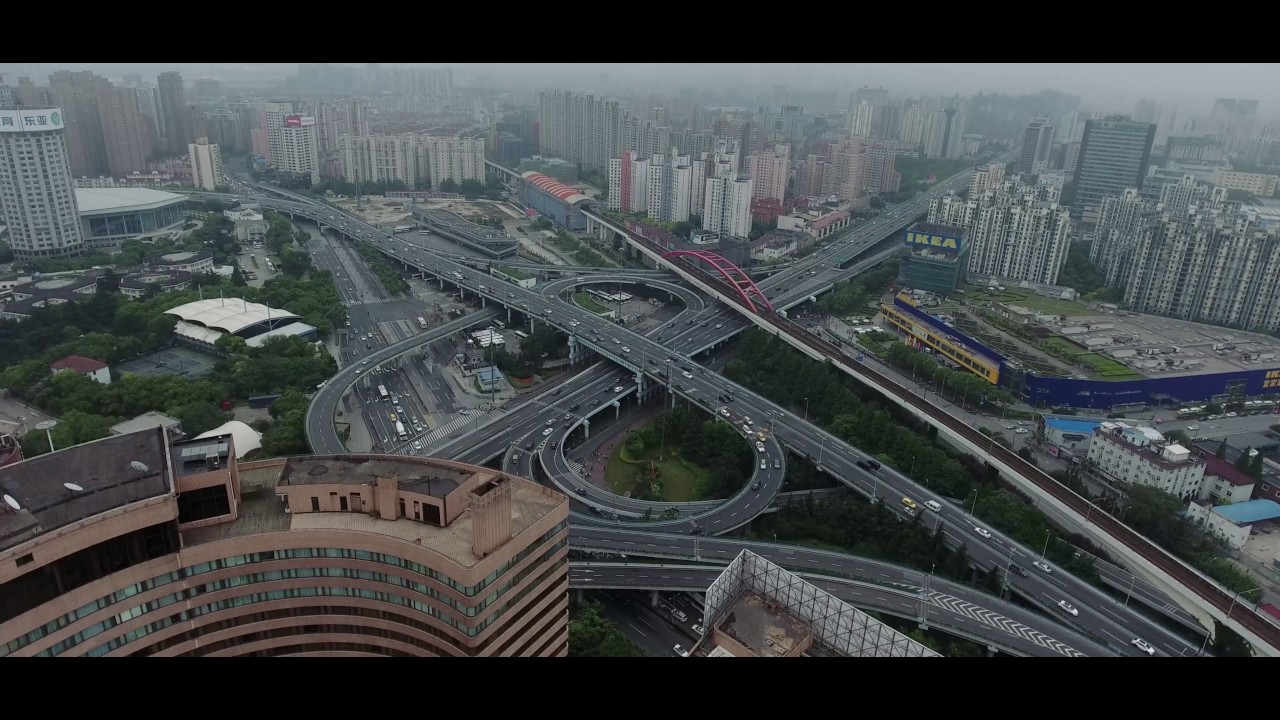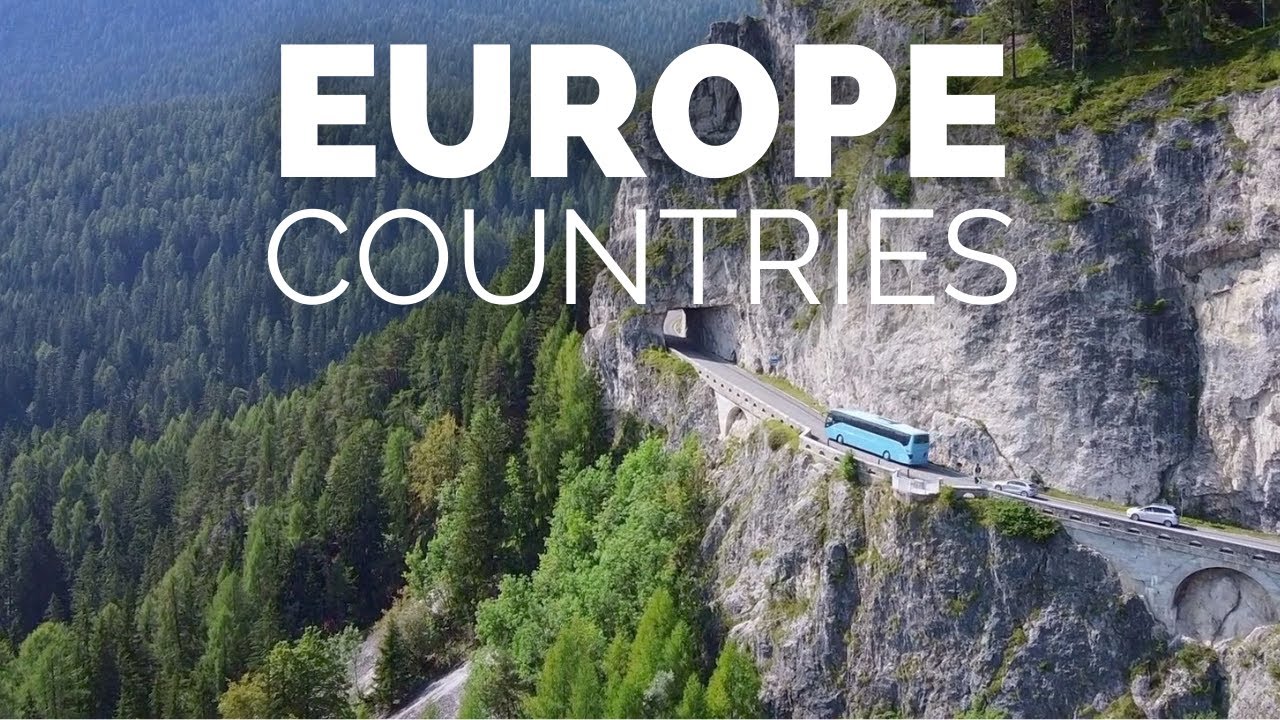Manila is the capital of the Philippines, and its second most populous city.
Before we start our trip to Manila, don’t forget to subscribe to our channel and ring the bell to get notified about the latest videos.
Manila is the capital of the Philippines and its second most populous city. This highly urbanized city is situated on the eastern shore of Manila Bay on the western edge of Luzon, 1,300 kilometers from mainland Asia.
One of Manila’s greatest natural resources is the protected harbor upon which it sits, regarded as the finest in all of Asia. The Pasig River flows through the middle of the city, dividing it into the north and south.
Manila has a reputation as a congested, polluted concrete jungle. To an extent, this reputation is deserved, but Manila is nevertheless rapidly developing and has its own rich history and experiences to offer.
The city is sprawling, bustling, and culturally complicated, with a colorful multicultural heritage and varied nightlife.
Manila is the most densely populated city in the world.
The Philippines is a developing country with a dearth of well-paying jobs in the provinces, and many Filipinos flock to Manila looking for work, which is part of the reason why the city has become so densely populated.
An estimated 35 percent of the Metro Manila population live in unstable, poorly constructed shelters in slums, and 11 percent of slum residents live near unsafe areas like railroads and garbage dumps.
Technically, 16 cities and one municipality make up what is officially known as Metro Manila, covering a vast 636 square kilometers.
However, you can explore the key sites in and around Intramuros, the city’s only notable historical enclave, Manila Bay, and Makati in a few days.
Manila prides itself on the quality of its restaurant scene, nightlife, and the ability of its residents to whip up a good time.
For many tourists, this will be their enduring memory of the place: fabulous food, funky bars, and nightclubs.
Manila was the capital of the Spanish Philippines for hundreds of years and became one of the richest cities in the empire.
Nowadays, visitors can explore this rich heritage at reconstructed colonial homes like Casa Manila, the ramparts of Fort Santiago, and lavish palaces like Malacañang, which is now the seat of the national government.
The majority of Manila’s attractions are situated on Manila Bay, including a number of landmarks, museums, churches, parks, and nature and wildlife attractions.
Home to one of the world’s largest Chinatowns, this exotic attraction is not to be missed. The Baywalk and Bonifacio Shrine are also popular attractions.
The old Spanish walled settlement of Intramuros is another Manila must-see, along with the amazing Spanish colonial churches and Iglesia ni Cristo churches.
The many museums are a wonderful way to gain an insight into Manila’s history and cultural significance, including the National Museum of the Filipino People, Chinese House Casa Manila, the Children’s Museum, and the San Agustin Museum.
Manila has plenty to offer on its own, but there are some superb attractions a few hours away, such as the peak of Mount Banahaw or the beautiful volcanic lagoon in Taal. You could also head to beaches like Calatagan and Zambales in no time at all.
Manila is among the friendliest places on Earth, with locals who are genuinely interested in showing their guests around.
The pride of the Philippines, visitors to Manila have an exciting adventure in store in this exotic metropolis known as the “Paris of Asia.”
Remember to take your time, get used to the equatorial heat, and ease into your perfect island holiday.
To say, “I’m coming home to you, I’m coming home.” [Music] Coming home, I’m coming home to you, I’m coming home.

